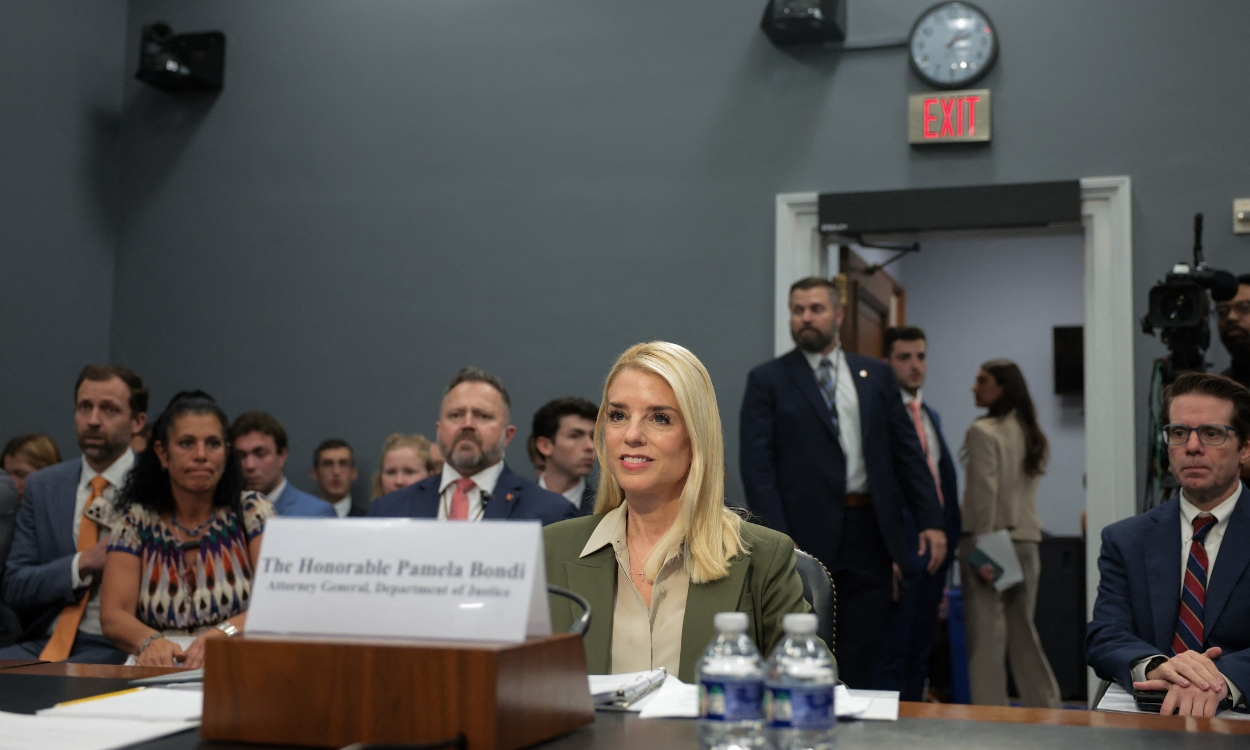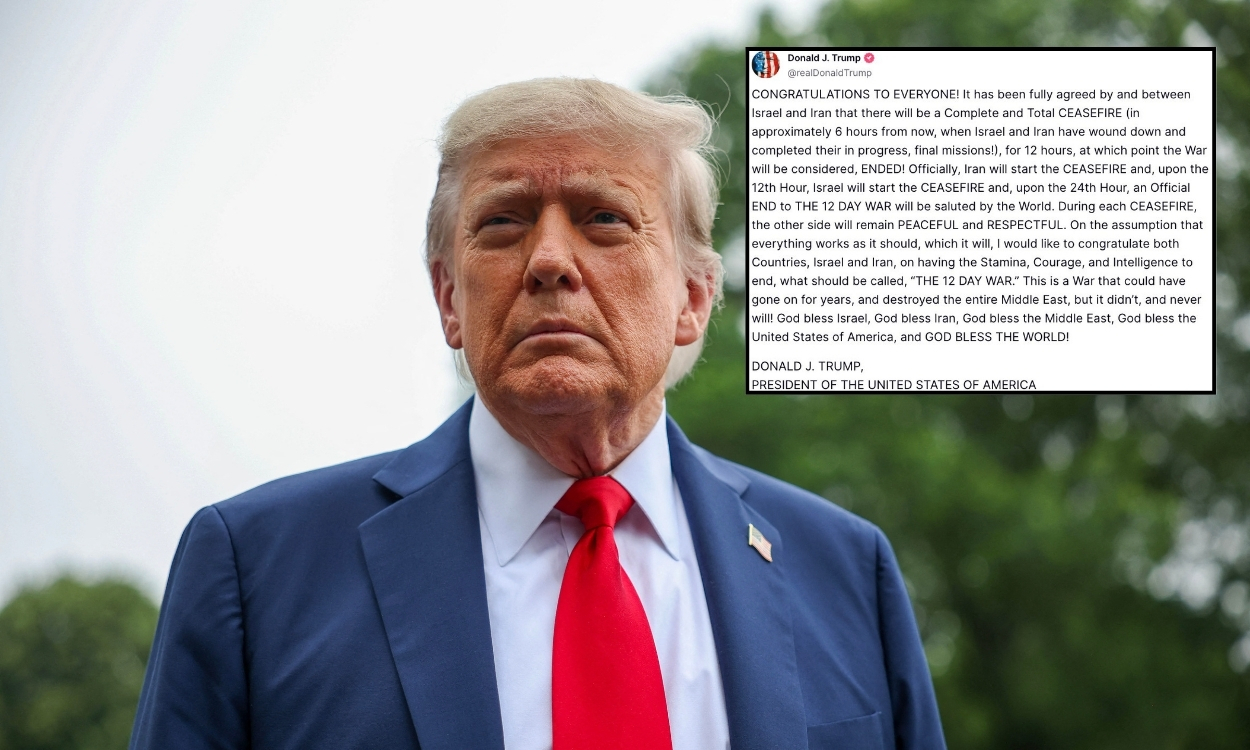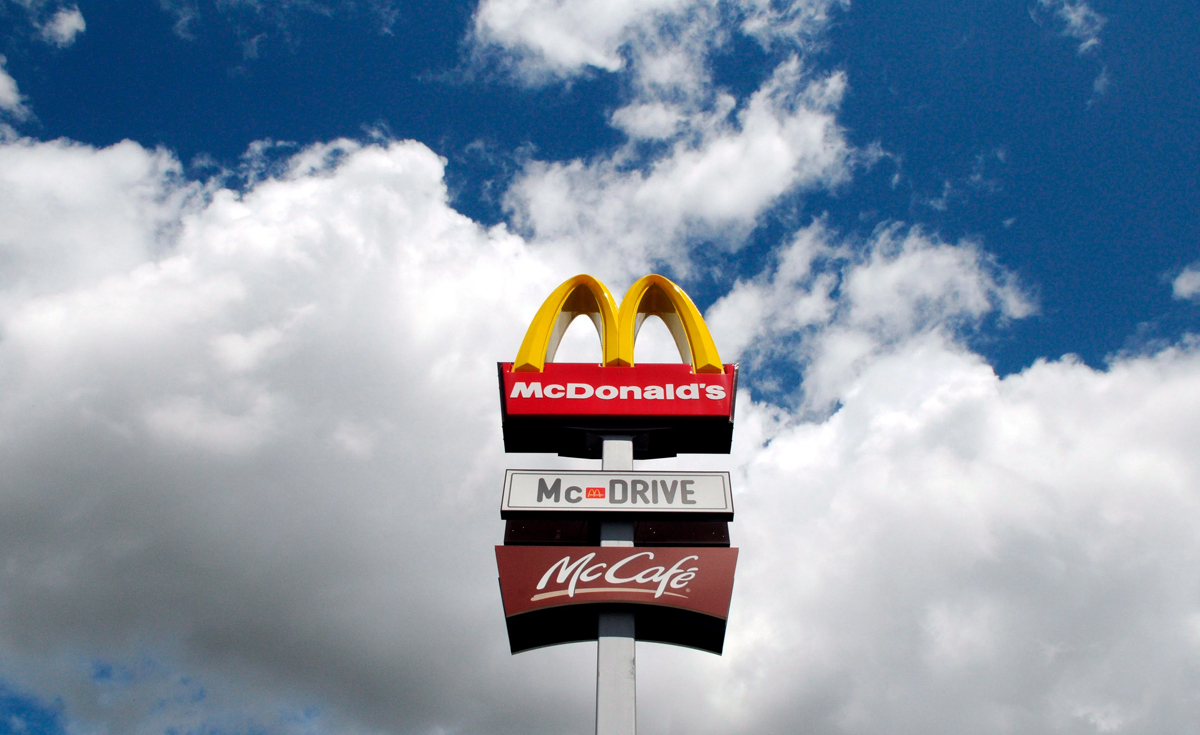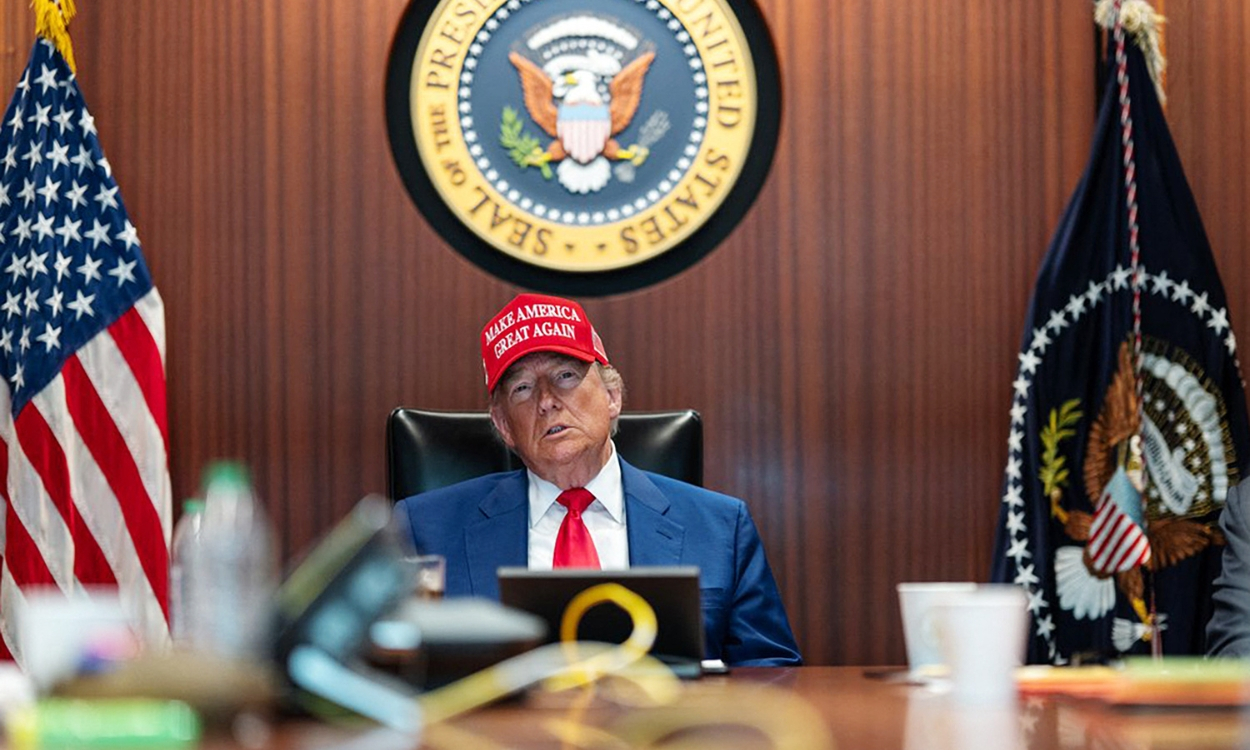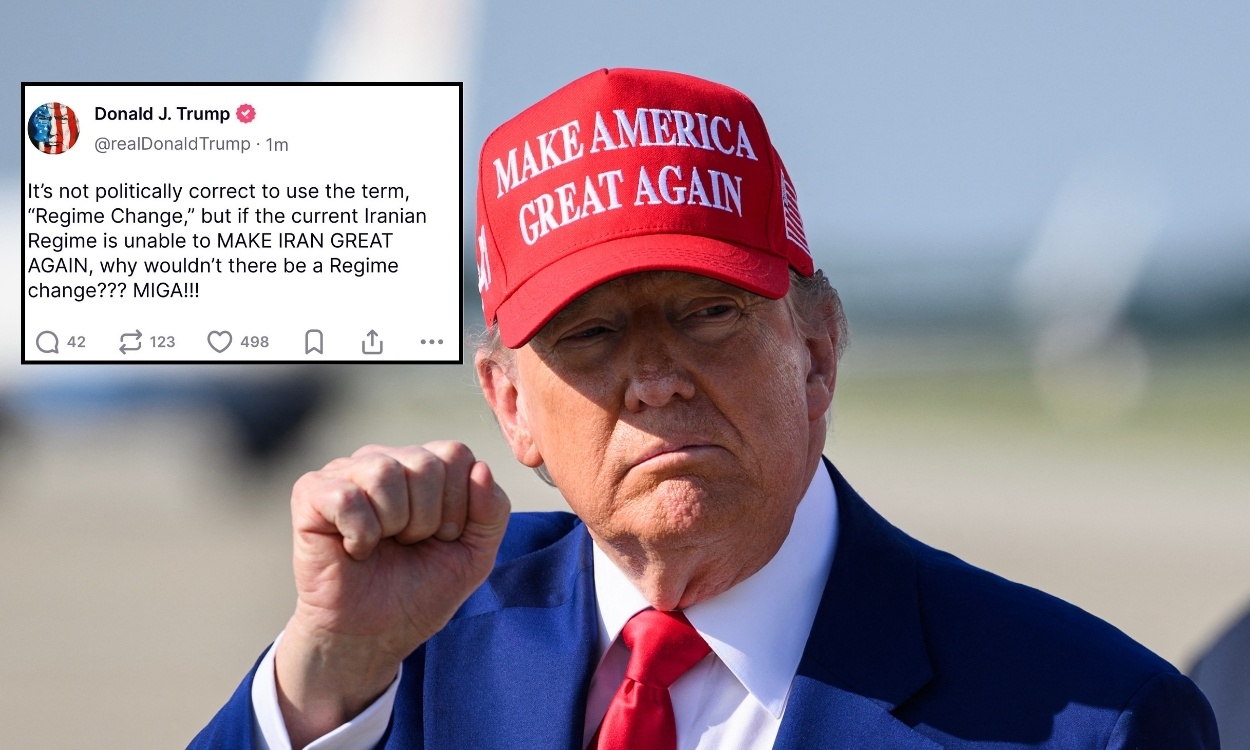Trump to announce auto tariffs ahead of April 2, sparking fears of soaring car prices
President Trump is set to announce new auto tariffs ahead of the April 2 deadline, potentially raising car prices by thousands. Learn how the move could impact U.S. car buyers and the auto industry.
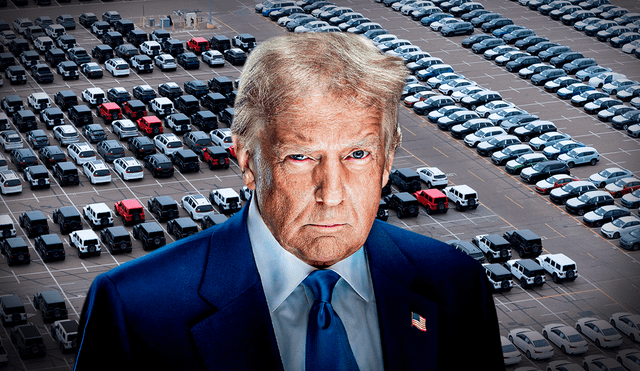
In a major move set to shake up the auto industry, President Donald Trump is expected to announce new tariffs on imported cars today, March 26, ahead of his previously set April 2 “Liberation Day” deadline.
Trump stated in the Oval Office that a 25 percent tariff would be imposed on "all cars not manufactured in the United States." The president also mentioned that parts produced in America would not be subject to taxes or tariffs. He pointed out that many vehicles are constructed using components sourced from various countries before final assembly.

ALSO SEE: Donald Trump signs executive order requiring proof of citizenship to vote, sparking controversy
Trump’s early auto tariff announcement shocks the car industry
President Trump’s decision to advance the announcement of new auto tariffs has taken the auto industry by surprise. While the biggest 3 automakers: Ford, General Motors and Stellanis had already secured exemptions from the 25% tariffs on products from Canada and Mexico and had a sense of security until April 2; that is no longer possible.
President Trump is expected to reveal the specific measures a week early. While the specifics are still uncertain, automakers were under the impression they still had time left to petition for exemptions. The surprise announcement makes it increasingly difficult for companies to plan and price items accordingly.
How do the auto tariffs affect me?
One of the biggest consequences of auto tariffs is that they could dramatically increase car prices. Vehicles assembled in the U.S. may see their prices rise by $3,500 to $12,000 more due to the increased cost of imported parts, which come from Mexico and Canada, according to The Anderson Economic Group.
Variety might also be one of the aspects harmed by this change, as low-cost models built in Mexico will no longer be as profitable as they once were and may eventually disappear from the market. The solution to this problem would be for automakers to shift production to U.S. plants; however, even if they were to start immediately, consumers would still face fewer choices and higher prices for some time.

